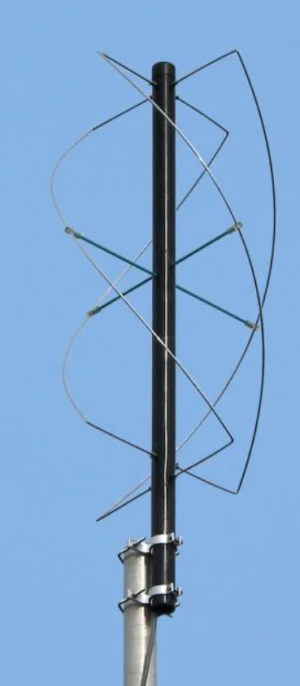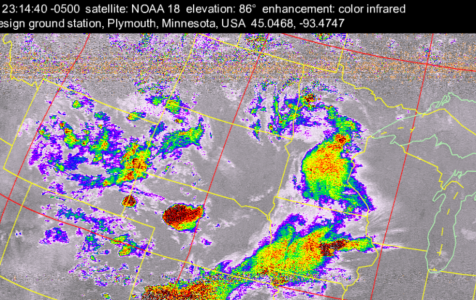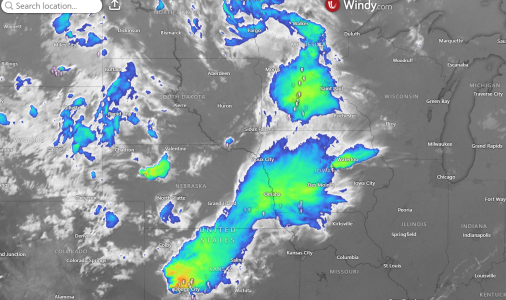GHA
Well-known member
This came up in another thread > Your longest rope on the boat
Has been on the "really must get round to that soon" todo list.
Did it before years ago just using the ham radio & backstay antenna which is probably as bad a choice as there could be onboard but a just about readable image came out!
So anyone else doing this? (Apart from Frank)
Would be interesting hearing about antenna design, Franks (turnstile?) antenna seems smaller than the ones google came up with would look a bit less odd on the backstay to a quadrifiler-

Has been on the "really must get round to that soon" todo list.
Did it before years ago just using the ham radio & backstay antenna which is probably as bad a choice as there could be onboard but a just about readable image came out!
So anyone else doing this? (Apart from Frank)
Would be interesting hearing about antenna design, Franks (turnstile?) antenna seems smaller than the ones google came up with would look a bit less odd on the backstay to a quadrifiler-



